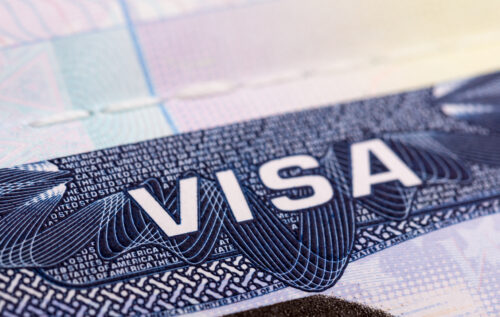
You may be eternally grateful that you were able to seek refuge in the United States. But now, you may want to solidify your presence in the country even further by gaining a permanent resident card, otherwise known as a green card. With that being said, if you are a refugee, please continue reading to learn how you can become eligible to obtain a green card and how an experienced green card lawyer in Milwaukee, WI, at Sesini Law Group, S.C., can help make this possibility a reality.
How can a refugee be eligible for a green card?
Notably, those with refugee status in the United States, along with qualifying spouses or children of refugees, are eligible to apply for permanent resident status. However, this is so long as this individual submits their application one year after they enter the country. In other words, it is required for this individual to be physically present in the country for at least one year. What’s more, during this time, this individual’s refugee status must not have been terminated.
Further, the United States Citizenship and Immigration Services (USCIS) will need to confirm that this individual was legally admitted into the country as a refugee in the first place. That is, they were admitted under Section 207 of the Immigration and Nationality Act. Further, they submitted Form G-466, Sworn Statement of Refugee Applying for Admission into the United States, to the USCIS.
How can a refugee go about obtaining a green card?
Once an individual confirms they are indeed a refugee eligible for a green card, they may fill out and submit Form I-485, Application to Register Permanent Residence or Adjust Status. Here, it is worth mentioning that principal refugees are not obligated to supplement this application with the usual filing fee and biometrics services fee. But they will still be expected to produce the following forms of proof:
- Proof of their legal admission into the United States as a refugee:
- A copy of their Form I-94, Arrival/Departure Record.
- A copy of the United States Customs and Border Protection admission or parole stamp on their travel document.
- Proof of your physical presence in the United States for at least one year.
- A copy of their travel records.
- A copy of their rental or housing records.
- A copy of their employment or school records.
- Two passport-style photographs of themself.
- A copy of their passport page on their nonimmigrant visa.
- A copy of their birth certificate, if easily accessible to them.
- A copy of their government-issued identity document with a photograph.
For more clarity on this, please allow a skilled family immigration lawyer in Milwaukee, WI to offer it to you. Schedule an appointment with Sesini Law Group, S.C. today.
